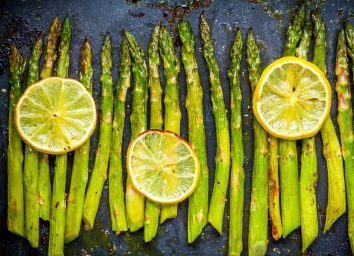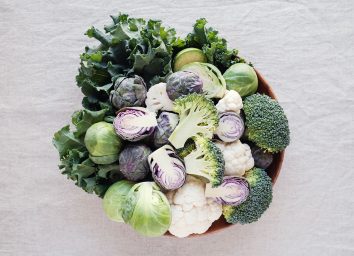The #1 Vegetable Eaten by the World's Longest Living People
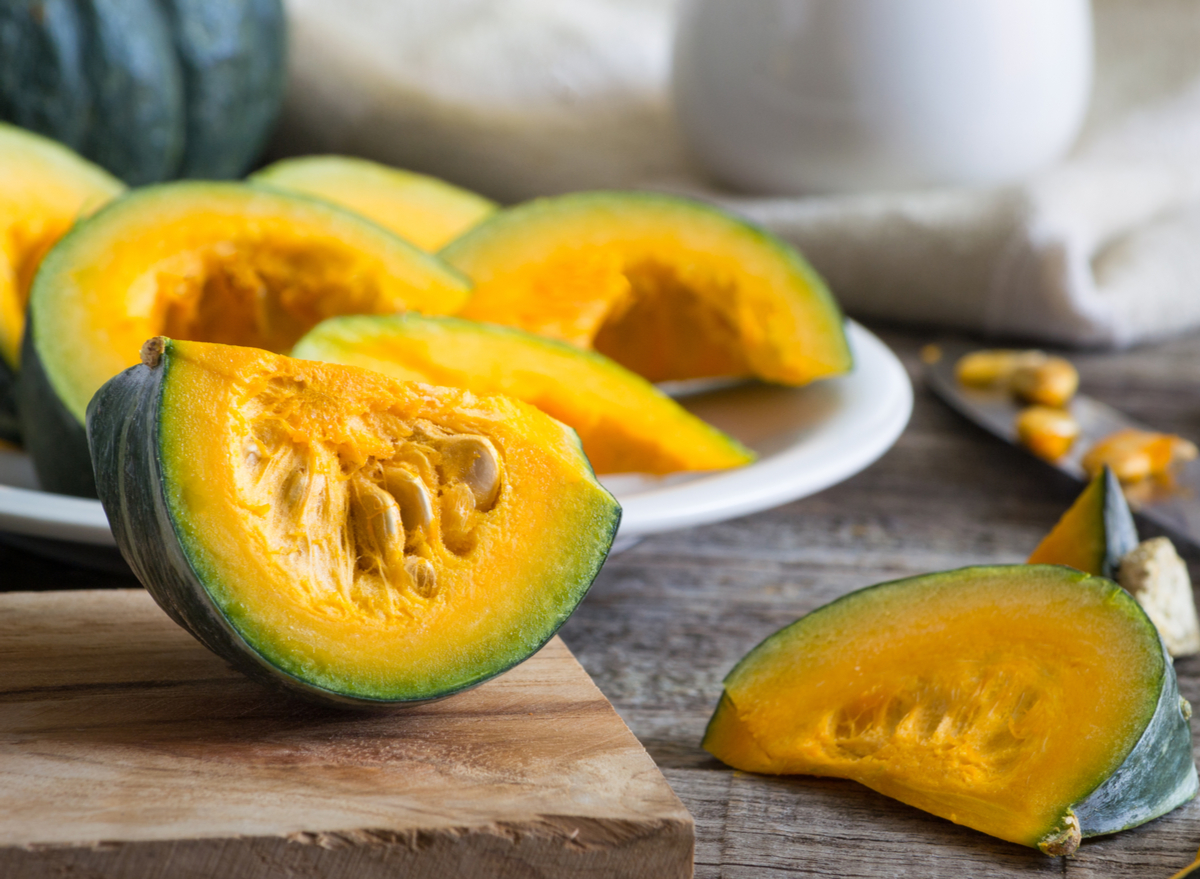
If you want to learn a thing or two about living a long, healthy life, looking to the world's Blue Zone regions may be a great place to start. These five regions across the globe have the highest concentrations of centenarians (people to live to 100) and some of the lowest rates of diseases like heart disease and dementia.
One of the healthy pillars that all these regions have in common is their daily consumption of fruits and vegetables, which some communities grow and harvest themselves. Not only are they eating more local, non-processed produce, but they are incorporating natural movement into their daily life.
And one of the most common vegetables eaten among the world's longest-living people in the Blue Zones is squash. While our minds may go to the butternut or yellow squash that we are most used to, each Blue Zone region has its own local squash varieties that provide unique benefits to the people in the community.
Kobacha Squash in Okinawa, Japan
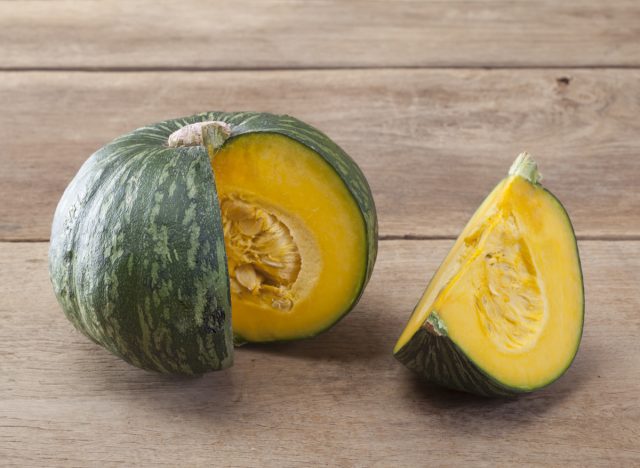
One of the more common squash varieties in Okinawa is kabocha squash, also known to some as Japanese pumpkin. According to Blue Zone researchers, this squash contains helpful vitamins, iron, and fiber, which is why it's known for helping to flush out harmful toxins and even help to reduce inflammation.
Butter squash in Ikaria, Greece
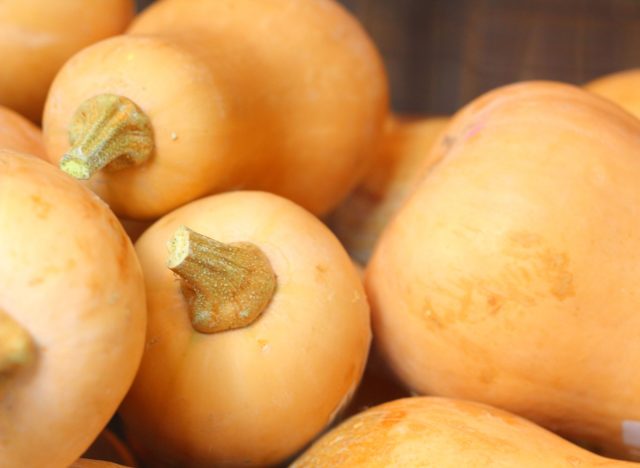
Many people on the Greek island of Ikaria dine on winter squash varieties like butter squash. Winter squash can come in many forms, but most of them have similar health components and benefits.
Squash is often a helpful source of vitamin C and A, as well as fiber and helpful antioxidants. Many squash varieties like butter squash also contain a pigment called beta carotene, which your body can convert into more vitamin A. Research has found that consuming beta carotene can help with things like cognitive health and lowering inflammation.
Ayote in Nicoya, Costa Rica
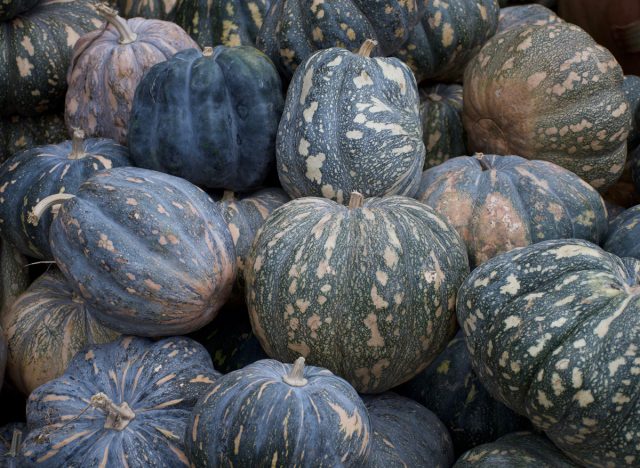
In Nicoya, people consume a lot of squash as well. Most squash there is similar to a winter squash variety and is often referred to as ayote. According to Blue Zone researchers, Nicoyans regularly eat ayote as part of the "three sisters."
The three sisters is a nickname for squash, corn, and beans, which are three foods often grown and consumed together in Nicoya, Costa Rica. These three items are known to provide the perfect amount of nutrients-fiber, fat, and vitamins from squash, fiber and protein from beans, and carbohydrates from corn.
As you can see, squash comes in plenty of varieties but always provides high levels of important nutrients and vitamins, which is why it makes perfect sense that it would be part of the daily diets held by the world's longest-living people.
And if you want to try some delicious squash yourself, check out this Sweet Roasted Butternut Squash recipe or any of these 20 Healthy Butternut Squash recipes.

